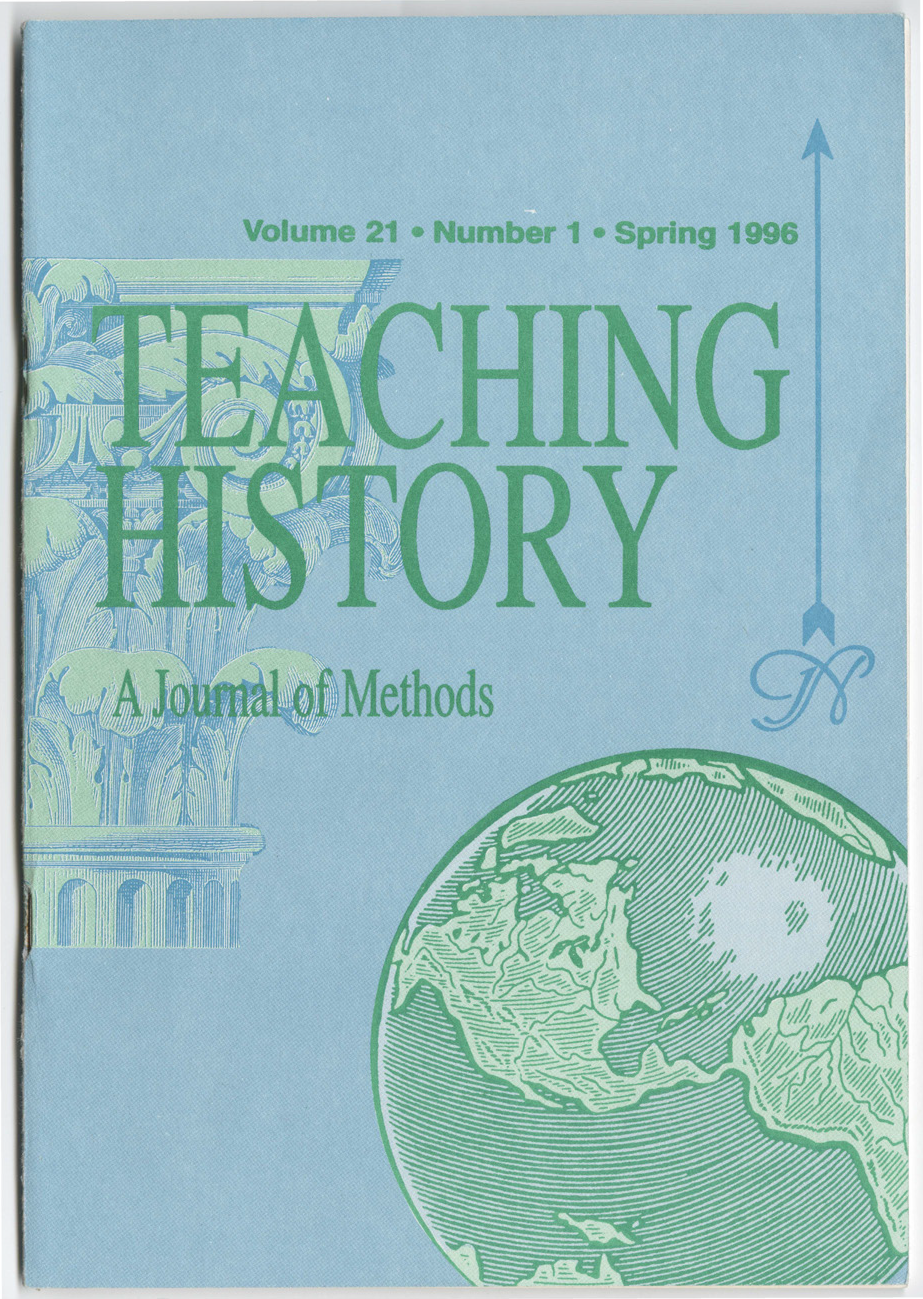The Price Of Intergration
A Review Essay
DOI:
https://doi.org/10.33043/TH.21.1.26-29Abstract
More than a generation after the summer of 1964, the passage of the Civil Rights Act, and the Voting Rights Act of 1965, we are beginning to see and feel the effects of those intense struggles for civil rights and full citizenship that black people waged and obtained. For those who remember the intense days of the Sixties, the passage of time may not seem so long ago but, as teachers, we have new generations of students who, when we present the material of those days to them, stare back at us in either disbelief or boredom. Like the study of slavery, the Civil Rights Movement, through media saturation, both laudable and inexcusable, has reduced the desire for students, black and white, to truly understand the full meaning of the period. I have to earnestly stress that the Civil Rights Movement was a revolutionary period that continues to affect their lives in ways that I, when their age, would never have thought imaginable. And that may yet be another significant part of the problem in teaching about the Civil Rights-Black Power Movements: We are still working out the consequences and the legacies handed down to us by those movements. It has been well documented in historical scholarship how the Civil Rights Movement gave birth to a renewal of the Women's Movement; how the concentration on the rights of minorities has reshaped the way that America looks at groups; and how African Americans have benefitted from the passage of laws that have improved their political and economic status as well as the way that they have been perceived in the larger society.
Downloads
Downloads
Published
How to Cite
Issue
Section
License
Copyright (c) 1996 Charles Banner-Haley

This work is licensed under a Creative Commons Attribution-NonCommercial-NoDerivatives 4.0 International License.
By submitting to Teaching History, the author(s) agree to the terms of the Author Agreement. All authors retain copyrights associated with their article or review contributions. Beginning in 2019, all authors agree to make such contributions available under a Creative Commons Attribution-NonCommercial-NoDerivatives 4.0 International license upon publication.



